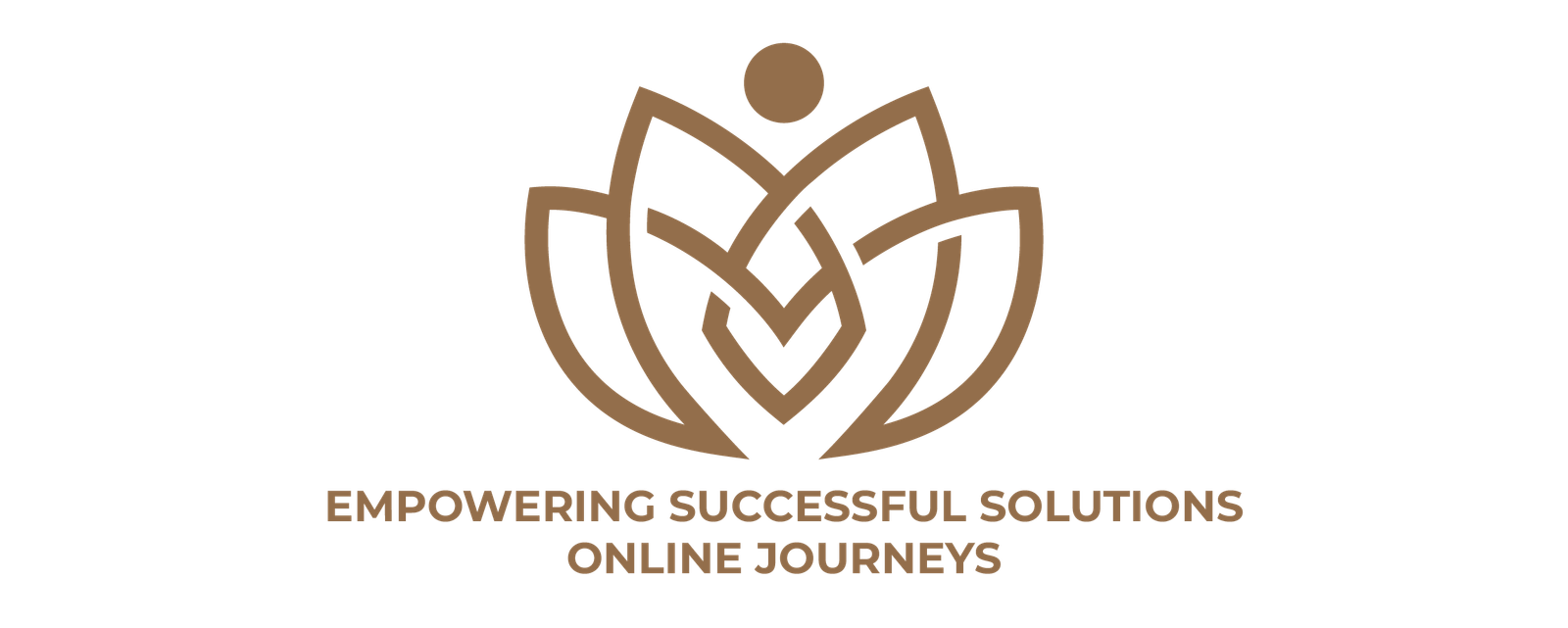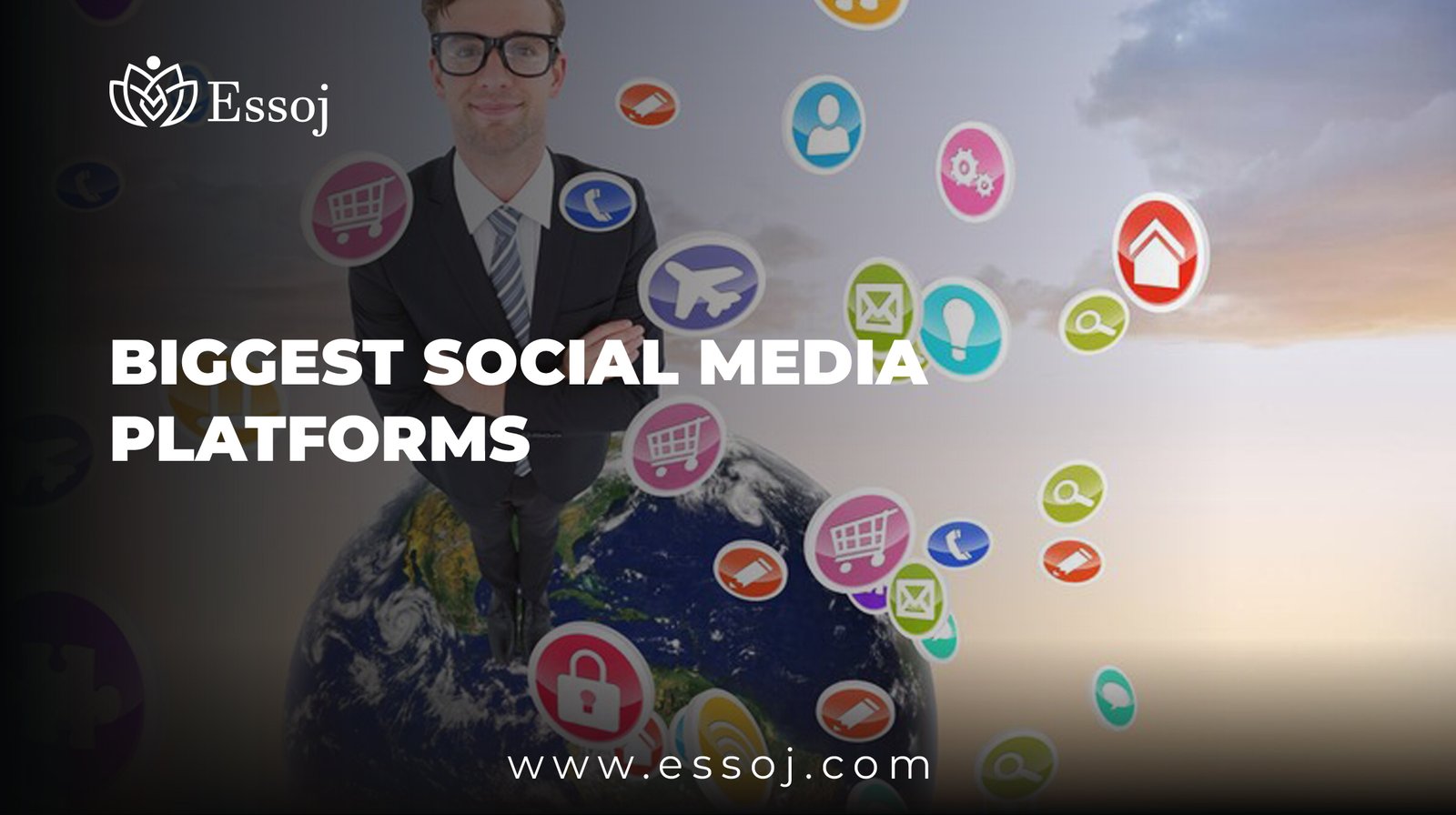In the digital age, social media platforms have become the central hubs for communication, entertainment, and business. They shape the way we interact with friends, consume content, and even influence culture globally. But among the countless social networks available, a few stand out as the biggest social media platforms worldwide. Foremost among them are Facebook and YouTube—two giants that have revolutionized online social interaction and content sharing.
This article dives deep into what makes these platforms so large and influential, explores their unique features, and provides practical guidance for anyone looking to harness their power effectively. Using easy-to-understand language, relatable anecdotes, and clear steps, this guide will give you a full understanding of these digital powerhouses.
Defining the “Biggest Social Media Platforms”
When discussing the biggest social media platforms, we usually refer to more than just the number of users. Size and influence can be measured through several factors:
- User Base Size: The sheer number of monthly active users is a primary indicator of a platform’s reach.
- User Engagement: How often and how deeply users interact with the content matters just as much as raw user counts.
- Global Presence: Platforms used worldwide hold more influence than those focused regionally.
- Monetization Capabilities: The ability for users and businesses to generate revenue.
- Cultural and Social Impact: How much the platform shapes communication styles, trends, and social movements.
Both Facebook and YouTube excel across all these dimensions, which is why they consistently rank among the most important social media platforms globally.
Facebook: The Largest Social Network in the World
Origins and Growth
Facebook began as a simple college networking site launched in 2004 by Mark Zuckerberg and his Harvard classmates. From this humble start, Facebook rapidly expanded beyond college campuses to become a global phenomenon. Today, it boasts over 2.9 billion monthly active users, making it the largest and arguably most influential social media platform on the planet.
Core Features and Appeal
Facebook’s massive success is no accident. It combines several strengths that appeal to a broad audience:
- Versatile Content Sharing: Users can post text, photos, videos, stories, events, and more, providing a rich variety of content forms.
- News Feed Algorithm: Facebook uses sophisticated algorithms to show users the content they care most about, increasing engagement.
- Groups and Communities: From niche hobby groups to professional networks, Facebook makes it easy for users to connect over shared interests.
- Marketplace and Business Pages: Small businesses and entrepreneurs can create Pages to promote products and services, while Marketplace offers a direct sales platform.
- Messenger Integration: Built-in messaging lets users chat, voice call, and video call seamlessly.
Together, these features create a comprehensive social ecosystem that serves both casual users and business professionals alike.
A Real-Life Story: How Facebook Changed a Small Business
Take the story of Sarah, a baker in a small town. Before Facebook, her customer base was limited to locals who walked into her shop. After setting up a Facebook Page, sharing mouth-watering photos of her cakes, and engaging with local groups, her business grew exponentially. She even started taking orders through Facebook Messenger. Sarah’s story is just one example of how the biggest social media platforms like Facebook can transform small businesses into thriving enterprises.
YouTube: The World’s Largest Video Sharing Platform
The Rise of Video Content
Launched in 2005, YouTube quickly became the go-to platform for video sharing. It now has more than 2.6 billion logged-in monthly users, making it the second largest social media platform globally and the largest for video content.
Why YouTube Reigns Supreme in Video
YouTube’s dominance is rooted in several key strengths:
- Extensive Content Variety: From educational tutorials to entertainment and music videos, YouTube caters to every interest.
- Accessibility: Available on smartphones, tablets, smart TVs, and desktops, YouTube’s content is easy to access anywhere.
- Creator Monetization: Through ads, memberships, and sponsorships, YouTube allows creators to build lucrative careers.
- Google Integration: Owned by Google, YouTube videos often rank highly in search engine results, giving content creators great exposure.
- Community Features: Comments, likes, shares, and Community posts help creators maintain active engagement with audiences.
These features make YouTube a central platform for content consumption and creation worldwide.
A Creator’s Journey: From Hobby to Career
James, an aspiring chef, started uploading cooking videos to YouTube as a hobby. Over time, he refined his technique and style, growing a loyal following. Monetizing his channel allowed James to quit his day job and focus on video production full time. His success illustrates the massive opportunity that platforms like YouTube offer in the modern digital economy.
Comparing the Biggest Social Media Platforms
While Facebook and YouTube serve different primary functions, they share common ground and complement each other. Here’s a quick comparison:
| Feature | YouTube | |
|---|---|---|
| Primary Content | Text, images, videos, events, groups | Video |
| Monthly Active Users | Approx. 2.9 billion | Approx. 2.6 billion |
| Monetization | Ads, Marketplace, Sponsored Posts | Ads, Memberships, Sponsorships |
| Main Use | Social networking, community building | Video sharing, entertainment, education |
| Content Longevity | Mix of short-lived (Stories) and permanent | Mostly permanent, searchable videos |
| Business Tools | Pages, Ads, Marketplace | Channel monetization, Super Chats |
Despite these differences, many businesses and creators use both platforms to maximize reach and engagement.
How to Use the Biggest Social Media Platforms Effectively: Step-by-Step Guide
If you’re new to Facebook or YouTube, or you want to boost your presence on these platforms, here is a clear, practical guide:
Step 1: Clarify Your Objectives
Determine what you want to achieve: brand awareness, lead generation, customer support, or entertainment.
Step 2: Choose the Right Platform
If your goal is community engagement and direct communication, Facebook might be best. For visual storytelling or educational content, YouTube excels.
Step 3: Create a Consistent Brand Presence
Ensure your profile pictures, banners, and descriptions align across platforms for professional credibility.
Step 4: Develop a Content Plan
Plan posts and videos that cater to your audience’s interests, using a mix of formats—images, text, live video, and longer videos.
Step 5: Post Regularly and Engage
Consistency matters. Respond to comments, ask questions, and create interactive posts to boost engagement.
Step 6: Use Paid Promotions Strategically
Utilize Facebook Ads and YouTube Ads to reach specific demographics and increase visibility.
Step 7: Monitor Analytics and Adapt
Use Facebook Insights and YouTube Analytics to track performance, identify trends, and refine your approach.
The Broader Impact of the Biggest Social Media Platforms
These platforms don’t just shape individual experiences; they influence society at large. They’ve altered political campaigns, social movements, and even how news spreads. For instance, Facebook played a role in organizing grassroots protests worldwide, while YouTube has given a voice to creators and activists who might otherwise be unheard.
Challenges and Criticisms
No discussion about social media giants is complete without mentioning their challenges. Issues such as privacy concerns, misinformation, content moderation, and mental health impacts have sparked global debates about responsibility and regulation. Understanding these complexities is essential for anyone navigating these platforms today.
Final Thought: The Relevance of Understanding the Biggest Social Media Platforms
The biggest social media platforms, Facebook and YouTube, are not just digital tools; they are fundamental to how the modern world connects, learns, and does business. This essay has explored their history, unique strengths, and practical ways to leverage them for personal or professional growth.
Recognizing their scale and influence helps us appreciate the profound impact these platforms have on society. Whether you’re a casual user, content creator, or business owner, understanding how to navigate these giants can open doors to opportunities that were unimaginable just a few decades ago.
As social media continues to evolve, the insights gained from this article can help you stay ahead, using the power of the biggest social media platforms to connect, create, and grow in an increasingly digital world.

